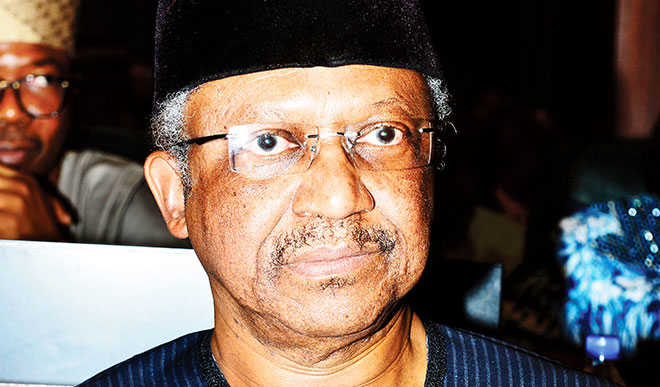He added that Ambulances designated as Basic Life Support (BLS) or Advanced Life Support (ALS) and the BLS Ambulance were manned by personnel with basic training and were meant for first aids, rapid triage and casualty evacuation to health facilities. He pointed out that the ALS Ambulance was manned by fully trained paramedic nurses or doctors to provide more advanced intervention on site and en route to health facilities.
The Minister noted that since projected number of manned ambulances for national coverage was large and available units presently limited, close collaboration of participating stakeholders for effective network would be needed as well as strategic deployment of units, “to use what we have to get what we want”, while inventory grows. He emphasised the need for structured funding mechanism from source like dedicated budget line to start with, adding that it was vital because the economic loss from untreated emergencies could significantly affect GDP. The minister also said that the Nigeria’s Health Act foresaw it and provided that 5% of the National Basic Healthcare Fund be dedicated to the emergency services.
“This fund will however be more of a seed money to which other sources of funds will need to be added. “This could include contributions from the following insurance commission, national road fund, road taxes and tolls, the organized private transport sector, drivers’ unions, accident insurance schemes and sundry contributions from corporate social responsibility ’’ he said. Ehanire also noted that the Emergency Response System would utilize dedicated nationwide toll free numbers linked with the existing national call centres adding that the number had to be accessible from land and mobile systems. “Communication should flow between the Road safety, EMS system, Trauma centres in receiving hospitals, Ambulance system, Police rescue, free services and local authorities,” he advised.
Source: Leadership
 In an effort to provide seamless coverage for emergency services, the federal government has launched the National Policy on Emergency Medical Services (EMS) and National Guidelines for Ambulance Services. The EMS entails database development, information on capacity and capabilities including assets of all registered health facilities and agencies providing emergency services in the States and FCT.
In an effort to provide seamless coverage for emergency services, the federal government has launched the National Policy on Emergency Medical Services (EMS) and National Guidelines for Ambulance Services. The EMS entails database development, information on capacity and capabilities including assets of all registered health facilities and agencies providing emergency services in the States and FCT.